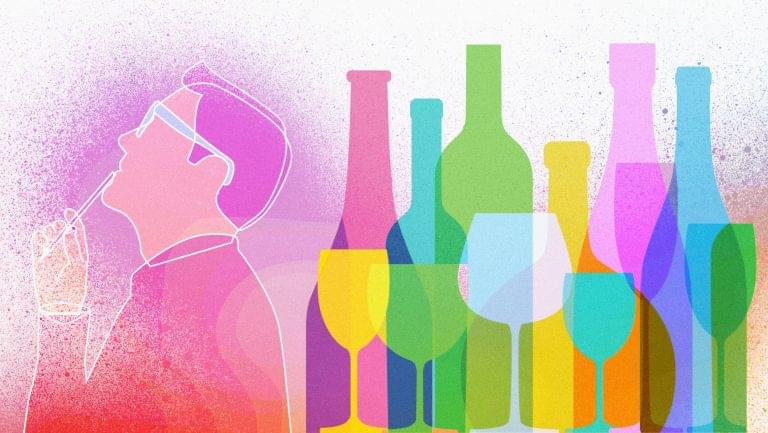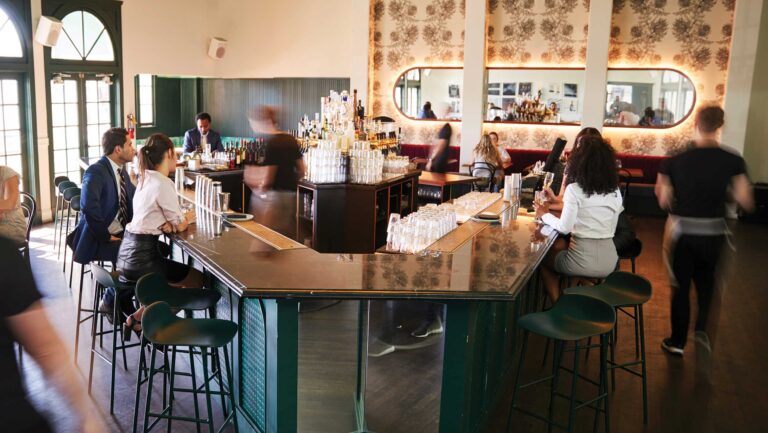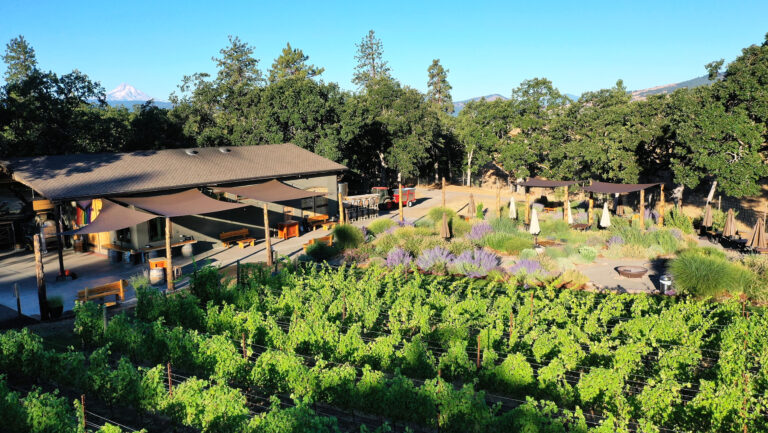For on-premise buyers, the first quarter of the year is one of the most exciting times for beverage list development. A new budget is approved, and the opportunities for streamlining and improving one’s list are endless. There are up-and-coming wine regions to explore, new beers and spirits to taste, and scores of producers waiting to be discovered. But how can you get the most bang for your buck? SevenFifty Daily canvassed experienced restaurant and bar buyers around the country, seeking their best tips for budget optimization.
Reflect on Last Year’s Program
Now is the time to evaluate what you could have done better last year. Take stock of your current program. For example, buyers for restaurants should discuss the culinary program with the chef. Also, query staff to find out what’s really happening on the floor. “Ask your service staff about the pulse of the guests, [what they’ve] been saying lately about your wine list,” says Jon McDaniel, the beverage director of Chicago’s Gage Hospitality Group, which includes Coda di Volpe, a Southport hotspot for Southern Italian cuisine, as well as the American eatery The Gage. Before spending a dime, get a firm sense for what needs to be updated and refreshed, from by-the-glass pours to special occasion wines.
Be sure to make careful note of what hasn’t been working on your list. “If you’re going to add three new wines to your list, take off five,” McDaniel says. Eliminate the lowest-selling products to create room for new products. And when you do get ready to purchase, “Don’t fall into the trap of trying to add a bunch of ‘cool new stuff’ that only you really think is cool,” he says. Test new wines and gauge guest response before building out a section based on your findings and committing to large quantities.

Don’t miss the latest drinks industry news and insights. Sign up for our award-winning newsletters and get insider intel, resources, and trends delivered to your inbox every week.
Also, stay alert about adjustments that may need to be made for postholiday shifts in sales. “Early on in the year, business is slowly starting to come back, and a beverage buyer needs to know where their strengths are,” says Charles Ford, the general manager at S.K.Y. Restaurant, a chic Chicago-based restaurant-lounge serving up New American cuisine. “If it means you have to transfer a few percentage points of your beverage cost to a certain category [wine to spirits, or spirits to beer, for example], then by all means, do it!” Take note as well of which categories account for the most profit, so you can use that information to align your purchases with revenue potential.
Break Your Budget into Weekly Installments
To gauge your budget more accurately, break it down by month, then week. This technique helps you avoid end-of-the-year hiccups, like inadvertently running a deficit. “The better you are at adjusting your budget to each individual week, comparing historic business levels to your current logic, the more exact you are at the end of the year,” Ford says. More often than not, cautious and accurate accounting at the outset translates into more spending flexibility—and revenue—later on in the year.
Chelsea Carrier, the wine director of New York City’s Vinatería, a contemporary restaurant with an Italian-Spanish influence in Harlem, also recommends breaking down a budget into weekly segments to keep spending on track. “In doing this,” she says, “I slowly evolve the list by adding one case of a new addition, along with my larger by-the-glass purchases.” With weekly purchasing, gradually growing a wine list becomes a more attainable goal.
Buy Staples for the Whole Year
New budgets mean buying power—specifically, the capacity to buy large quantities of select items. “The most effective way to make your budget go further in the new year is to find any means necessary to pay the absolute lowest price possible on staple items,” says Matthew Kaner, a partner in and the wine director of several Los Angeles restaurants and bars, including Covell Wine Bar, Dead or Alive Bar, and Good Measure. For Kaner’s bars, these staples include Brut Rosé, Pinot Noir, Malbec, and Chardonnay. Foster friendly relationships with importers and distributors of the top-selling items, making purchasing commitments that allow you to receive the best price. Buying in bulk, says Kaner, “allows you to pocket the extra profits from your newfound negotiation skills.”
Jordan Tannenbaum, the beverage manager of New York City’s fabled Tavern on the Green, also recommends purchasing quantities of year-round wines that are as large as possible. “Most wines register large discounts for volume purchases,” he says. “By buying what you need for the year up front, there are often big savings to be had.”
Scout for Potential Deals
Tannenbaum advocates for testing a variety of wines that may be underpriced for their quality. “Buying unknown and undervalued wines can often be a great way to save money and delight your guests with something they’ve never tried before,” he says. Seeking out hidden gems by diligently tasting through portfolios, he notes, is the best way to do this.
Also look for deals on wines that were previously considered seasonal, says Elise Rosenberg, an owner and the wine director of the Colonie, a quaint American restaurant in Brooklyn, New York, and focused on local ingredients, and Gran Eléctrica, a riverside Brooklyn establishment serving Mexican cuisine and artisanal cocktails. “Rosé is not just a summertime fad,” Rosenberg says. “It’s a food-friendly style that should be enjoyed all winter long.” In the winter, many distributors drop their rosé prices to clear space for the upcoming vintage. Rosenberg’s advice? “Snatch these beauties up at incredible discounts!”
Line Your Cellar with a Few Key Bottles
When faced with a new budget, there’s certainly a temptation to splurge on a few special bottles to sell throughout the year. McDaniel suggests setting aside some of your budget for bottles to sell in the far-off future, perhaps even a few years down the line. “Restaurants can’t afford to lay down hundreds of bottles of wine anymore, but you can start with a few,” he says. He likes to purchase a six-pack of wine and set aside two bottles for the future. That tactic allows him to make immediate sales while also building a cellar. “Your argument [for more expensive purchases] gets even better when you say the wine can be sold for a premium a couple of years later,” he says. “Budget 5 percent for the future and just see how cool your program will be 18 months from now.”
McDaniel also regularly inquires about distributor “closeout” deals, noting that he has found incredible wines sitting in distributors’ warehouses. Often, the distributors will be willing to negotiate on price to move the product. “I once picked up some old Trimbach Hommage à Jeanne Pinot Gris 2000 for $7 a bottle,” McDaniel says, “just because the distributor had no idea what it was and thought it had gone bad. It was life-changingly delicious, and my guests couldn’t get enough.”
With a renewed annual buying budget, there are many list-altering opportunities. Enjoy testing our new ideas and refining your game plan, no matter what type of program you may be running. The new year brings new adventures, starting with your wine list.

Dispatch
Sign up for our award-winning newsletter
Don’t miss the latest drinks industry news and insights—delivered to your inbox every week.
Vicki Denig is a wine, spirits, and travel journalist based between New York and Paris. Her work regularly appears in Decanter, WineSearcher, Food & Wine, and more. She also works as a content creator / social media manager for a list of prestigious clients, including Beaupierre Wine & Spirits, Corkbuzz, Veritas Imports, and Crurated.







